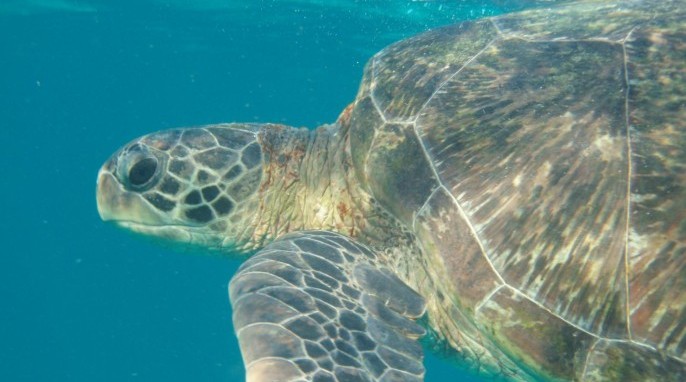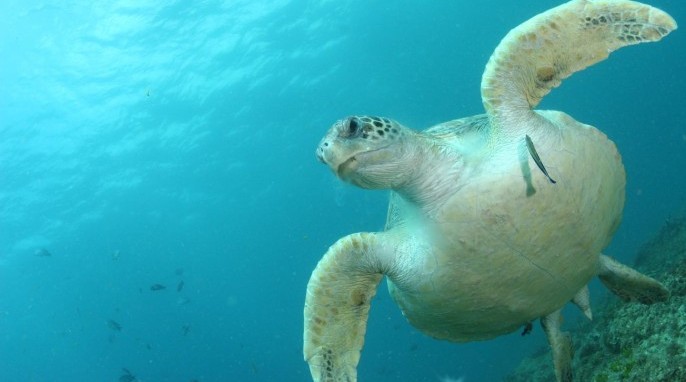By Kate Stone
Mr. McGuire: I want to say one word to you. Just one word.
Benjamin: Yes, sir.
Mr. McGuire: Are you listening?
Benjamin: Yes, I am.
Mr. McGuire: Plastics.
Benjamin: Exactly how do you mean?
Mr. McGuire: There’s a great future in plastics. Think about it. Will you think about it?
(The Graduate, 1967)
An international study led by the University of Queensland has revealed that more than half the world’s sea turtles have ingested plastic and other rubbish.
The study, led by Dr. Qamar Schuyler from UQ’s School of Biological Sciences, found that sea turtles around the world have eaten a lot more plastic than previously thought. Large quantities of trash generated by humans have been found floating around Australia and North America’s east coasts, Southeast Asia, southern Africa, and Hawaii, which are now areas of particular danger for turtles.
“The results indicate that approximately 52 percent of turtles worldwide have eaten debris,” Schuyler says.


An estimated 4 million to 12 million tonnes of plastic enter Earth’s oceans every year. Floating plastic can look like food to sea turtles, but is deadly. Plastic ingestion can kill turtles by blocking the gut or piercing the gut wall, and can cause other problems through the release of toxic chemicals into the bodies of sea turtles.
“Australia and North America are lucky to host a number of turtle species, but we also therefore have a responsibility to look after our endangered wildlife,” Schuyler says. “One way to do that is to reduce the amount of debris entering the oceans via our rivers and coastlines.”
Among all the species of sea turtle, olive ridley turtles (Lepidochelys olivacea) run the highest risk due to their feeding behavior and distribution. Olive ridley turtles love to eat jellyfish and other floating animals, and often feed in the open ocean, where garbage accumulates. Unfortunately, a floating plastic bag looks a lot like a jellyfish.
This latest research supports the results of a similar study on seabirds published two weeks ago by Dr. Chris Wilcox and colleagues, which found that more than 60 percent of seabird species had ingested debris. That number is expected to reach 99 percent by 2050.
What Goes Around Comes Around
“We now know that both sea turtles and seabirds are experiencing very high levels of debris ingestion, and that the issue is growing,” Wilcox explains. “It is only a matter of time before we see the same problems in other species, and even in the fish we eat.”
The latest study of sea turtles consuming plastic is published in the journal Global Change Biology. The research team included UQ’s Dr. Kathy Townsend and researchers at CSIRO Hobart, Texas A&M University, National Oceanic and Atmospheric Administration in Honolulu, University of NSW, and Imperial College London, UK. It was part of an Australian Research Council Linkage project supported by Earthwatch Australia, CSIRO, Healthy Waterways and Australia Zoo.
Images: Green turtles swimming near North Stradbroke Island, Australia (Photos by Kathy Townsend)
GotScience.Org translates complex research findings into accessible insights on science, nature, and society. For more science news, subscribe to our science newsletter!

